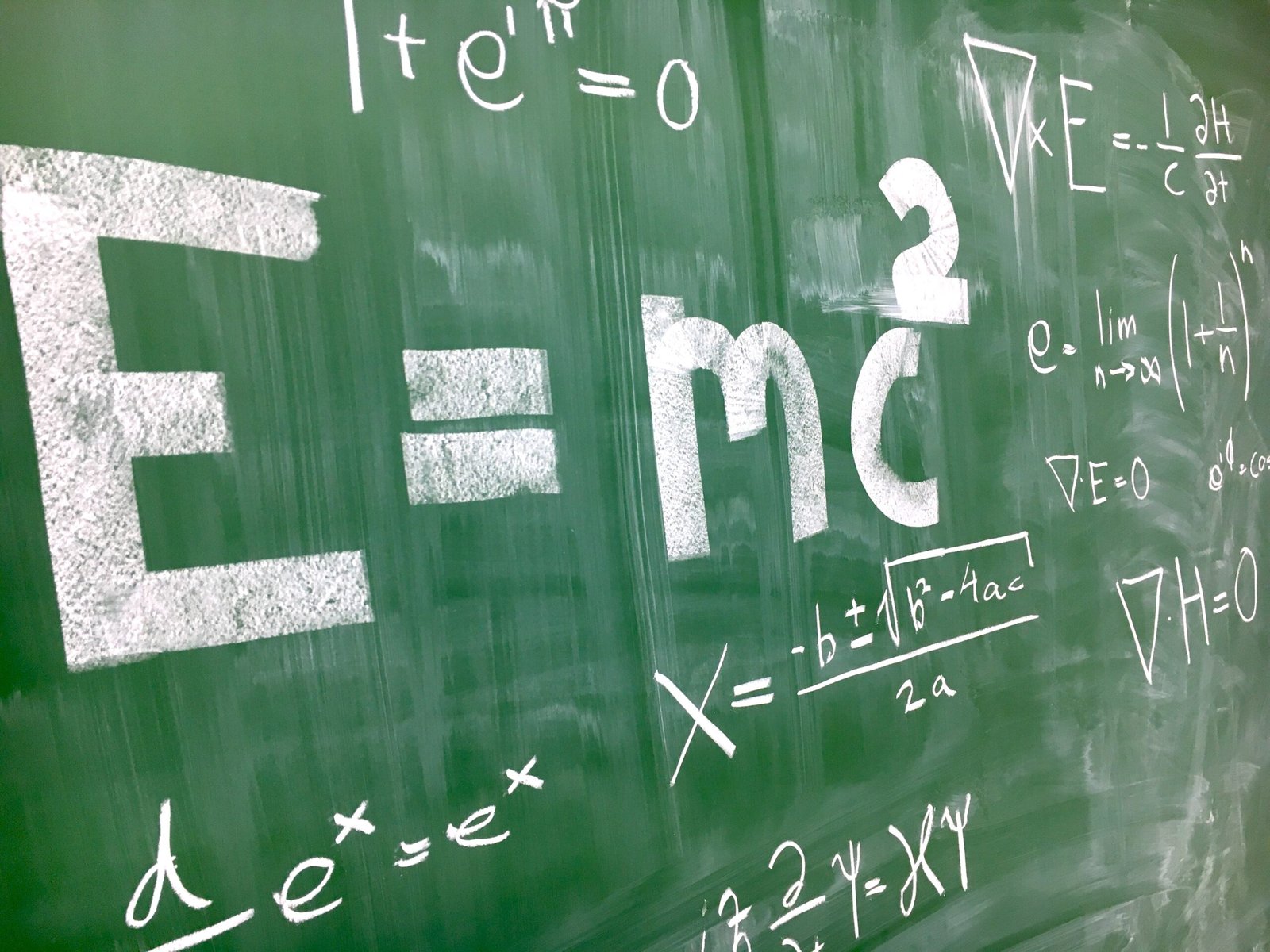
Introduction
When it comes to understanding the principles of physics and motion, the displacement formula plays a crucial role. This formula helps us calculate the distance and direction between two points in a given frame of reference. In this article, we will delve into the underlying functionality of the displacement formula, explore its applications, and provide step-by-step explanations along with practical examples to enhance understanding.
What is Displacement?
Before we dive into the formula, let’s first understand what displacement means in the context of physics. Displacement refers to the change in position of an object in a particular direction. It is different from distance, as distance only considers the total length traveled, while displacement takes into account both the distance and direction.
The Displacement Formula
The displacement formula is given by:
Displacement (d) = Final Position (xf) – Initial Position (xi)
Here, the final position (xf) represents the position of the object at the end of the motion, and the initial position (xi) represents the position of the object at the beginning of the motion.
Step-by-Step Explanation
Let’s break down the calculation using the displacement formula with a practical example:
Example:
Consider a car moving along a straight road. The car starts at position 10 meters and moves to position 30 meters. We want to calculate the displacement of the car.
Step 1:
Identify the initial position (xi) and the final position (xf) in the given scenario. In our example, the initial position is 10 meters and the final position is 30 meters.
Step 2:
Substitute the values into the displacement formula:
Displacement (d) = 30 meters – 10 meters
Step 3:
Simplify the equation:
Displacement (d) = 20 meters
Step 4:
Interpret the result: The displacement of the car is 20 meters in the positive direction.
Applications of the Displacement Formula
The displacement formula finds its application in various fields, including physics, engineering, and navigation. Some practical examples include:
- Calculating the displacement of a moving object
- Determining the change in position of a vehicle during a journey
- Measuring the distance and direction of an object’s movement in a coordinate system
- Estimating the displacement of a particle in a fluid
Conclusion
The displacement formula is a fundamental tool in understanding the concepts of physics and motion. By calculating the change in position and direction of an object, we can gain valuable insights into its movement. In this article, we explored the underlying functionality of the displacement formula, provided step-by-step explanations, and offered practical examples to enhance understanding. Whether you are a beginner or seeking a deeper insight into the subject matter, this guide serves as a valuable resource for understanding the displacement formula and its applications.
